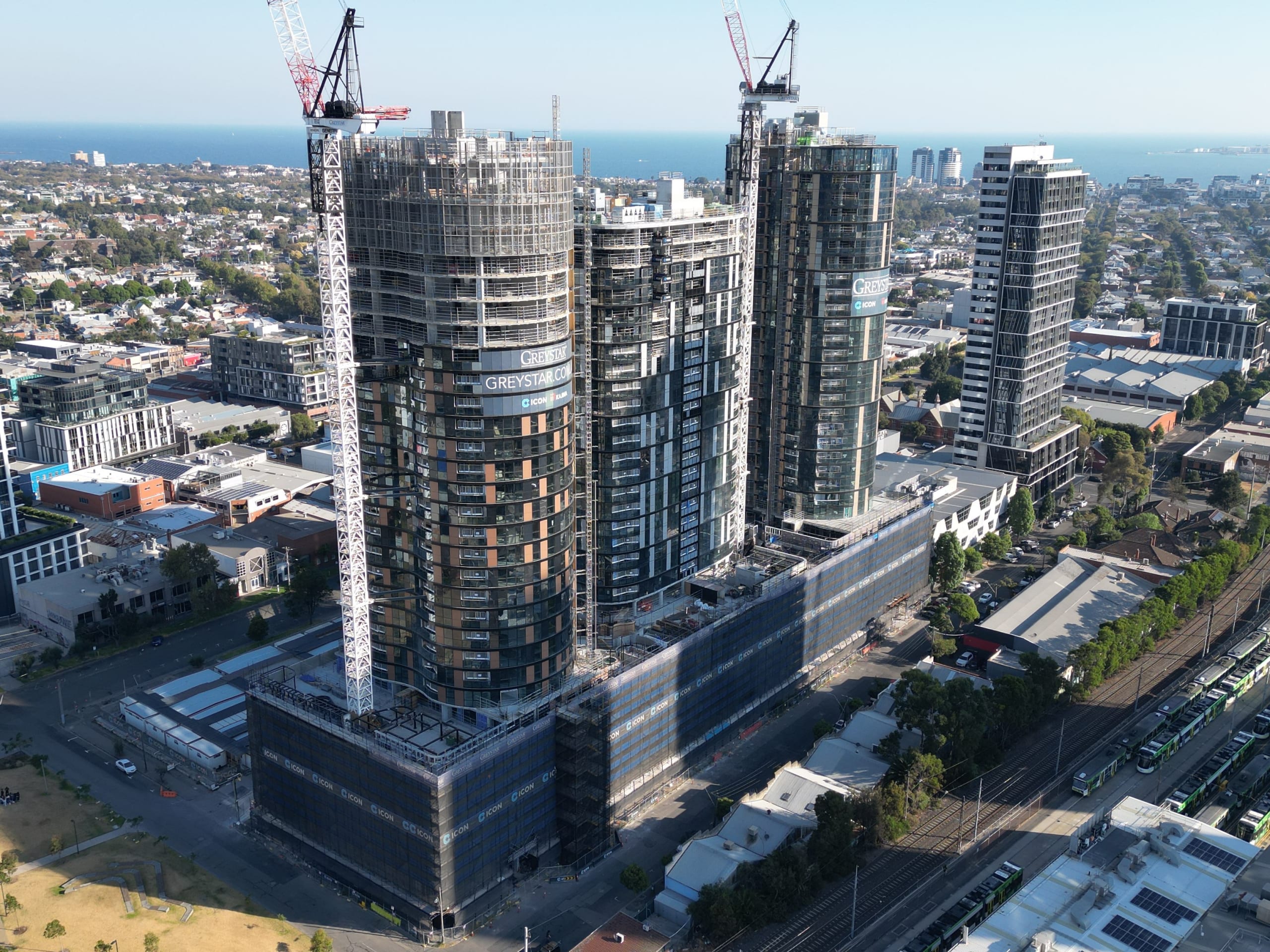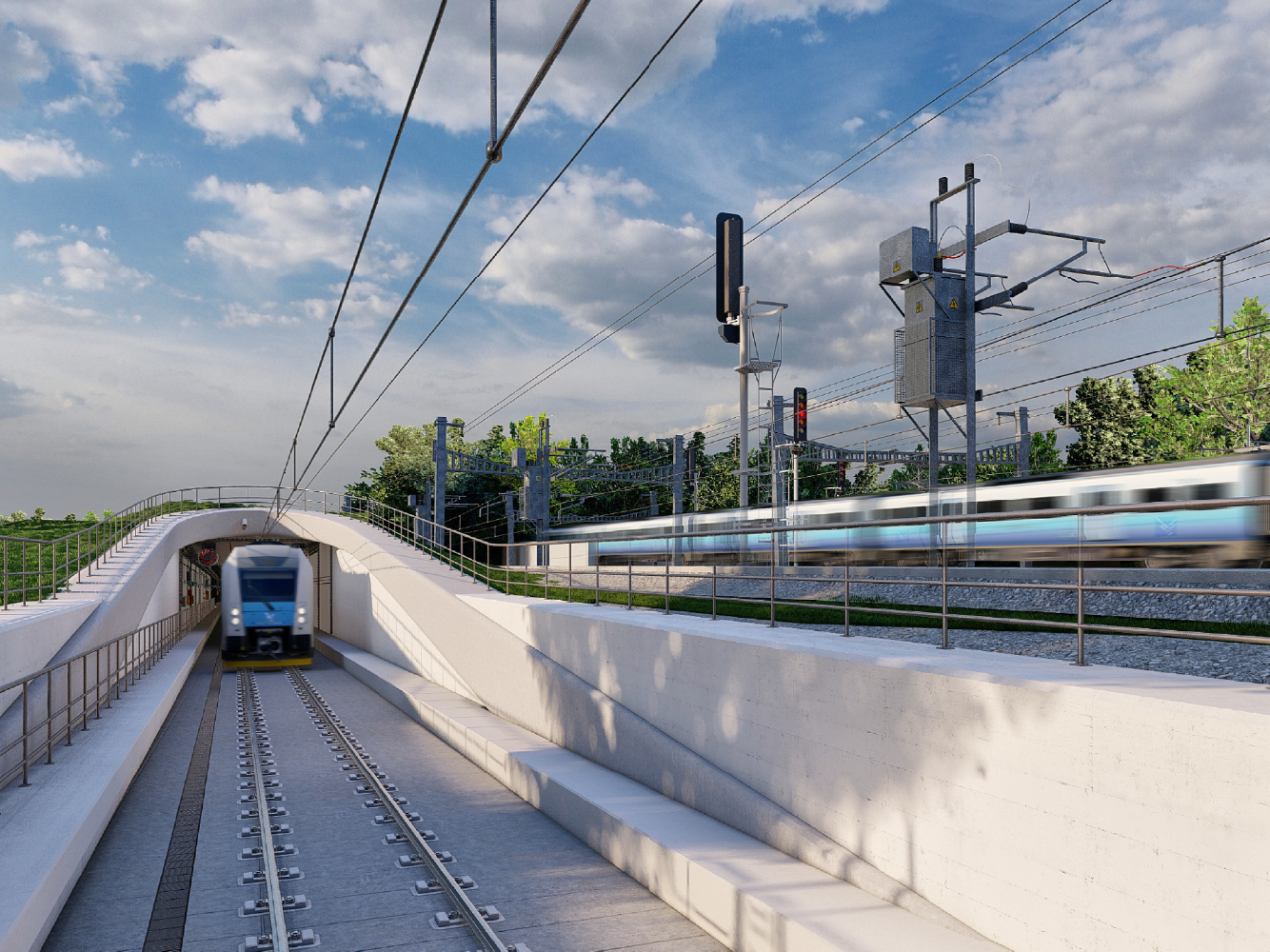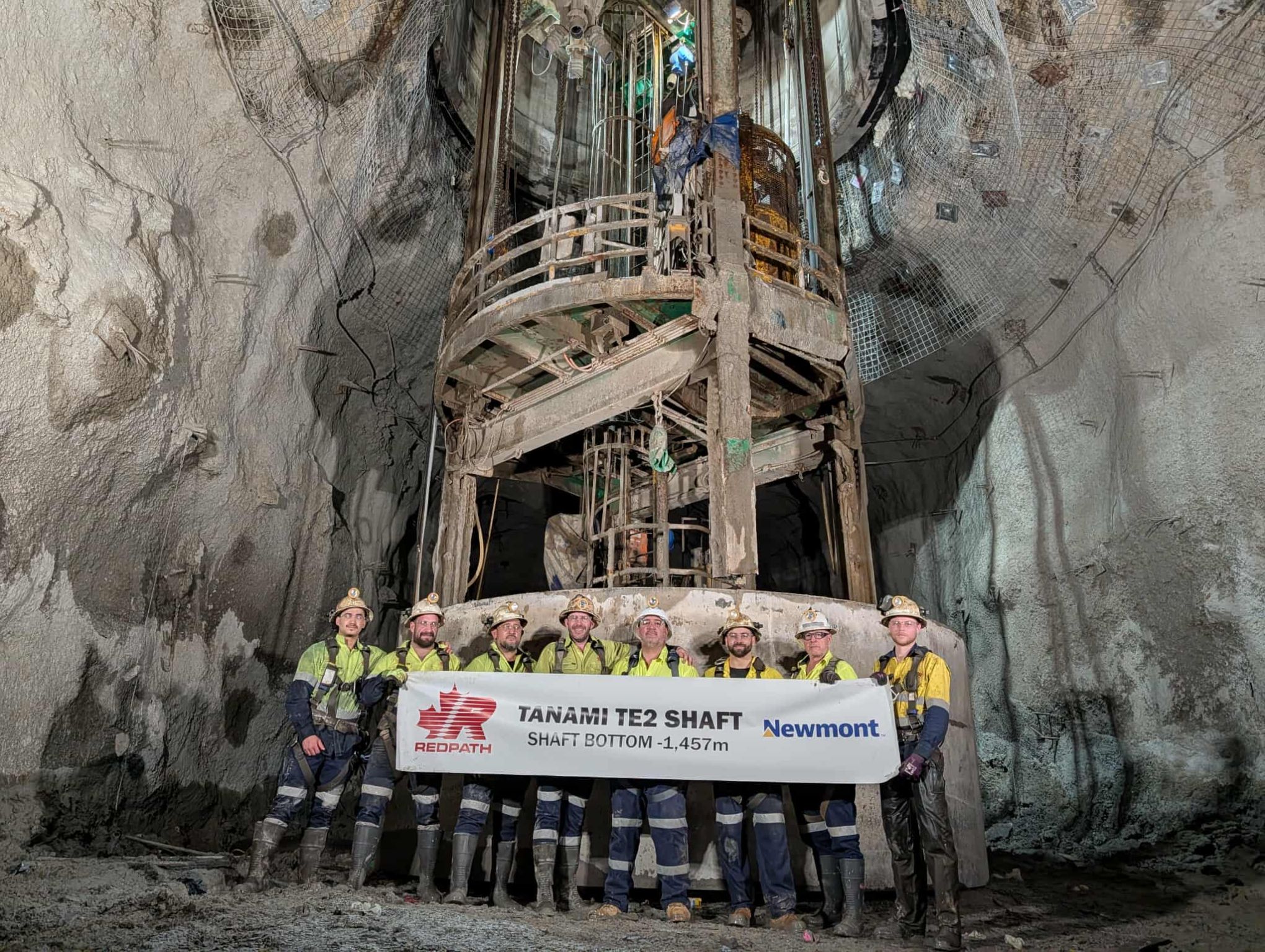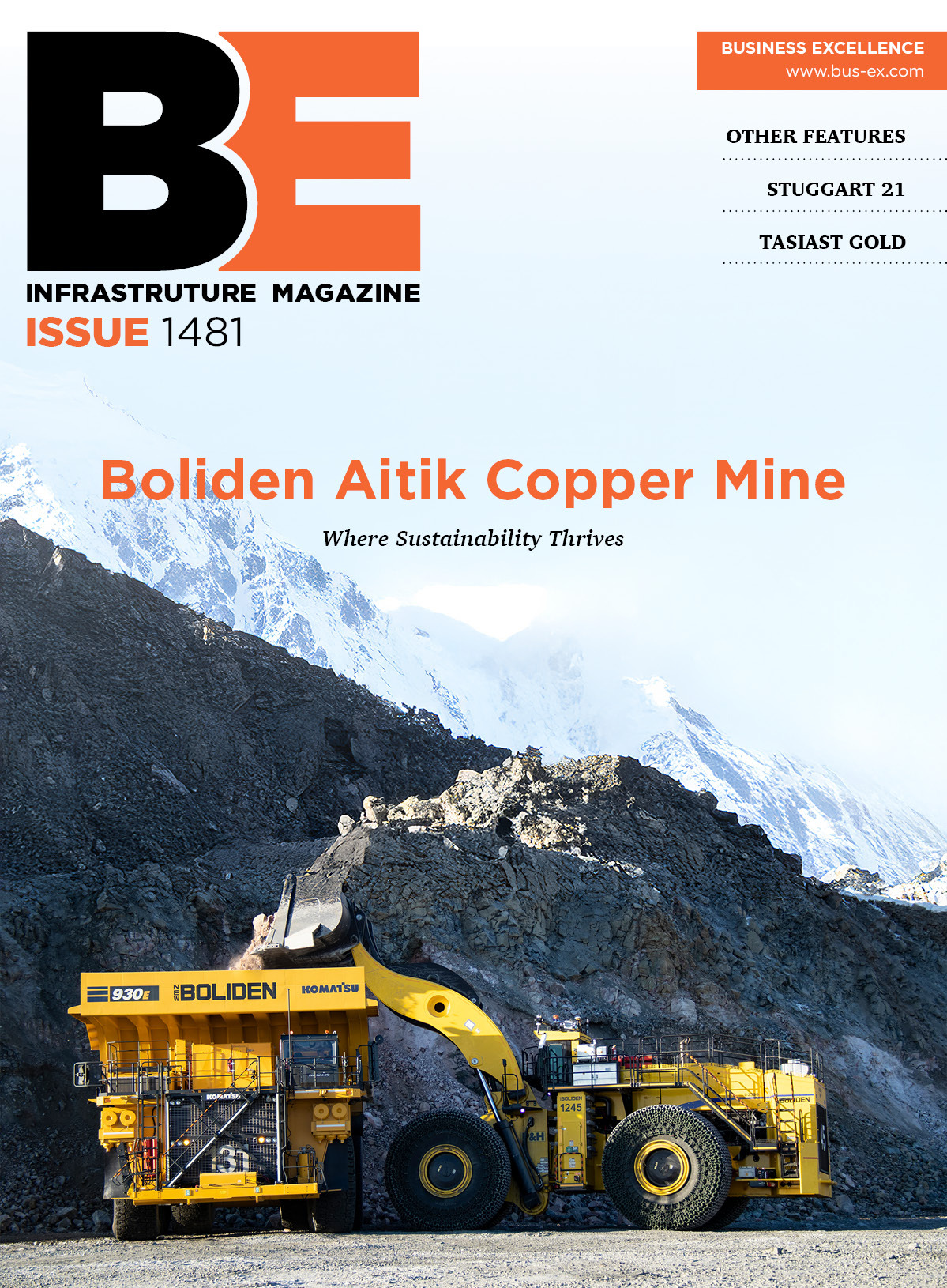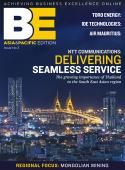
Just before dawn in Western Australia’s Pilbara, more than a hundred 250-tonne haul trucks wake up with no one climbing a ladder. From a control room hundreds of kilometres away in Perth, a handful of supervisors watch icons move across a digital pit map as driverless trucks roll out, talk to each other over private LTE and begin shifting millions of tonnes of iron ore.
Scenes like this were a curiosity in 2008. Today, they are becoming routine – and they are quietly rewriting how mines are designed, powered and built.
According to recent GlobalData analysis, autonomous, autonomous-ready and tele-remote machines now account for almost 5% of key mining equipment globally – including haul trucks, underground trucks, LHDs and surface drills – up from under 1% as recently as 2020. Five countries account for more than 90% of that fleet, with China estimated at 56% of the total and Australia at around 21%, followed by Canada, Chile and Brazil.
For mine owners, EPCs and suppliers, autonomy has moved beyond experimentation. It is becoming a design principle – a set of assumptions about power, communications, equipment and skills that must be baked into the project from Day One.
In this Mining Edition, Business Excellence looks not just at driverless trucks, but at the infrastructure spine that makes them work.
From iron to intelligence
Mining will always be about moving rock, but value is increasingly created in the software, networks and power systems wrapped around the iron.
Autonomous haulage systems (AHS), tele-remote underground fleets and self-drilling rigs bring together:
-
High-availability power – often hybrid grids combining grid supply, renewables and large-scale batteries.
-
Private LTE and 5G networks in the pit; high-bandwidth Wi-Fi and leaky-feeder solutions underground.
-
Edge computing and control rooms running mission-critical autonomy stacks, safety systems and fleet management tools.
-
Digital twins and analytics platforms that turn telemetry into dispatch decisions, maintenance plans and ESG reporting.
Global experience now shows what the early adopters hoped: productivity gains typically in the 10–30% range, increased operating hours, smoother plant feed, reduced fuel burn and fewer people in high-energy zones.
Behind each of those numbers sits a network of OEMs, integrators, power and comms specialists, software houses and training providers. Autonomy is no longer a feature on a truck spec sheet; it is an infrastructure project in its own right.
In the autonomous mine, every truck is really a node on a power grid and a data network.
Where autonomy is being proven: China, Australia – and the next wave
The geography of autonomy is far from random.
China and Australia: live laboratories
In China, large coal operations such as Baishihu and Yimin have rolled out hundreds of autonomous haul trucks on individual sites, helping to push the country to the top of the global league table for autonomous and tele-remote fleets. The scale of these deployments is forcing domestic OEMs, software vendors and universities to build a full autonomy ecosystem at national level.
In Australia’s Pilbara, miners such as Rio Tinto, BHP and Fortescue have spent more than a decade iterating on autonomous operations. What began as separate Caterpillar and Komatsu fleets has evolved into pit-to-port value chains where driverless trucks, autonomous drills and remote-operated dozers all operate under integrated control from city-based operations centres.
The next wave: Latin America, Africa, Europe
The second wave is gathering pace:
-
Latin America – Chilean copper and Brazilian iron ore operations are investing heavily in autonomous drills, AHS pilots and tele-remote underground fleets as they chase productivity and ESG gains on long-life orebodies.
-
Africa – tele-remote and line-of-sight automation are increasingly being used as stepping stones in high-risk underground operations in southern Africa, with interest building around full AutoMine-style systems as power and connectivity improve.
-
Europe & North America – focus has been strongest in underground automation and semi-autonomous drilling, with Nordic and Canadian mines pushing hard on battery-electric and tele-remote fleets.
For Business Excellence readers in these regions, the message is clear: autonomy is no longer a distant Pilbara experiment. It is moving steadily into copper belts, gold districts and underground hubs worldwide.
Case Study 1: Roy Hill – converting a live mine into the world’s largest autonomous site
If the first wave of AHS was about greenfield mega-projects with single-OEM fleets, Roy Hill in Western Australia shows what the next wave looks like: retrofitting autonomy into a live operation with a mixed fleet.
Working with ASI Mining and Epiroc, Roy Hill is converting a fleet of 96 conventional haul trucks – from multiple OEMs and model variants – into a single autonomous system managed by the Mobius/LinkOA platform. Once complete, it will be the largest single autonomous haulage system deployment in the world.
The infrastructure implications are significant:
-
Comms backbone upgrade – a hardened wireless network across the pit with the latency and coverage required for mixed-fleet autonomy.
-
Central control facilities – expanded control rooms with visibility over ore and waste movements, safety zones and plant interfaces.
-
Safety and access control layers – virtual fences, exclusion zones and traffic management integrated with manned light vehicles and ancillary equipment.
-
Phased retrofit program – converting trucks in small batches while maintaining production, requiring careful coordination between OEMs, integrators and mine operations.
For mid-tier miners and contractors, Roy Hill is a proof point that you do not have to scrap a fleet to go autonomous. OEM-agnostic retrofit offers a pragmatic path from legacy iron to a fully autonomous operation.
Where suppliers create value here:
-
Network integrators upgrading LTE/Wi-Fi and fibre rings.
-
Retrofit kit manufacturers and autonomy specialists.
-
Systems integrators linking AHS to FMS, maintenance and planning tools.
-
Training providers helping operators become control-room supervisors and AHS technicians.
Case Study 2: Fortescue & Liebherr – when autonomy and decarbonisation converge
If Roy Hill epitomises retrofit autonomy, Fortescue’s partnership with Liebherr captures another frontier: the merge of autonomy with large-scale fleet electrification.
Fortescue has agreed major deals to deploy up to 360 Liebherr T 264 haul trucks, with a long-term plan to equip them with zero-emission battery systems developed by the Fortescue Zero team and an autonomous haulage solution co-developed with Liebherr.
Recent strategy updates mean Fortescue is now pursuing a dual-supplier approach, bringing Chinese OEM XCMG into the picture alongside Liebherr. But the underlying infrastructure story remains:
-
High-capacity charging – design and construction of charging stations in-pit and near crushers, with megawatt-scale connections.
-
Mine-wide electrification – new substations, MV/HV cabling and energy-management systems capable of handling highly variable truck charging loads.
-
Integrated autonomy & energy planning – charge-aware dispatch, route optimisation and charger scheduling all operating within the AHS.
For power utilities, EPCs, cable manufacturers, transformer suppliers and software vendors in load management, this kind of project is not just a truck order – it is a grid project inside the mine fence.
Underground: from tele-remote to cabinless autonomous drills
While surface AHS grabs headlines, some of the most radical change is happening underground.
GlobalData estimates more than a thousand underground trucks and LHDs now operate under tele-remote or fully autonomous systems, across both factory-fitted and retrofitted fleets. Sandvik, Caterpillar and Epiroc account for the vast majority of this installed base.
Two developments are particularly important:
Sandvik AutoMine® for Underground Drills & the Concept Underground Drill
Sandvik has extended its AutoMine automation platform to underground drills, enabling operators to remotely and simultaneously control multiple longhole drills from a control room – with ring-to-ring tramming and integrated traffic management with loaders and trucks.
Alongside this market-ready product, the AutoMine Concept Underground Drill points to where mine design is heading: a cabinless, battery-electric, twin-boom development drill capable of planning and executing an entire drilling cycle – tramming to the face, setting up, drilling the pattern and returning to charge – without human interaction.
Remove the operator and diesel engine from the face, and everything from ventilation design to cross-section dimensions and ground support strategy can be reconsidered.
Epiroc Pit Viper: a decade of autonomous surface drilling
On the surface, Epiroc’s Pit Viper series has quietly clocked up a decade of autonomous drilling, with the latest electric-driven Pit Viper 235 E combining zero fuel consumption with scalable onboard automation through the Rig Control System.
For mine planners, autonomous drilling smooths fragmentation, improves blast quality and feeds directly into better shovel and crusher productivity – another reminder that autonomy is as much a process control tool as it is a labour model.
Where suppliers create value here:
-
Ventilation OEMs offering “ventilation on demand” tuned to BEV and autonomous fleets.
-
Ground support and drilling-consumables suppliers optimising for consistent, highly repeatable drilling.
-
Underground comms and localisation specialists enabling tele-remote and AutoMine-style operations.
Five reference systems shaping mine design
Across surface and underground, a handful of systems are now used as benchmarks when owners and EPCs sketch out “autonomy-ready” pits and declines:
-
Cat® MineStar™ Command for hauling – over 8.6 billion tonnes hauled autonomously to date, across multiple continents and truck classes, with Command now extended beyond ore haulage to specialised vehicles like water trucks
-
Komatsu FrontRunner® AHS – deployed on electric-drive trucks including the 930E at operations such as Boliden’s Aitik mine in Sweden, combining AHS and electrification to hit both cost and emissions targets.
-
Liebherr T 264 battery-electric haul trucks – being rolled out at scale as part of Fortescue’s fleet transformation, with zero-emission operation and AHS integration central to the design.
-
Sandvik AutoMine® ecosystem – from loaders and trucks to drills and mapping solutions, providing a single automation layer underground with proven tele-remote and fully autonomous modes.
-
ASI Mining / Epiroc Mobius / LinkOA AHS – an OEM-agnostic platform capable of converting mixed fleets to driverless operation at sites like Roy Hill, changing how owners think about fleet lock-in and retrofit paths.
For suppliers up and down the value chain, understanding how these systems work – and what they demand from power, comms, civil works and maintenance – is becoming a baseline requirement.
The hidden infrastructure: power, comms, data and civil works
Strip away the marketing, and every successful autonomy deployment rests on a set of quiet but critical infrastructure decisions:
-
Networks: Where should LTE towers, Wi-Fi access points and fibre routes go to guarantee coverage on every bench, ramp and heading? What redundancy is needed for safety-critical links?
-
Power: Can existing substations and feeders handle fleet electrification and in-pit fast charging, on top of plant loads? How do you stage upgrades to avoid production bottlenecks?
-
Civil design: Are ramp grades, radii and passing bays optimised for driverless fleets and sensor fields of view rather than human comfort? Do dump faces and crusher pockets suit the repetitiveness of AHS traffic?
-
Data & control: Where do AHS, FMS, plant control, maintenance and ESG systems intersect – and who owns data quality and cyber-security at that interface?
On one Tier-1 operation, the first phase of autonomy triggered:
-
A 40-kilometre fibre-optic loop around the pit.
-
Multiple new LTE sites to eliminate “dead corners” on ramps.
-
An expansion of the mine’s on-site data centre for AHS servers and safety systems.
-
Modifications to haul roads and intersections to simplify autonomous traffic.
Those are not afterthoughts; they are capital projects in their own right.
The fine print: capex, cyber and complexity
Autonomy is not inevitable, nor is it risk-free. Mining executives and project directors wrestle with several hard questions:
-
Capital intensity vs orebody life – does the payback period on autonomy investments make sense relative to remaining reserves and price volatility?
-
Integration risk – can AHS, FMS, legacy comms, plant controls and business systems be made to work together without creating a fragile, hard-to-maintain monster?
-
Cyber-security & resilience – what happens if the network goes down or is compromised? Where is the line between graceful degradation and full production loss?
-
Labour & community impacts – how do you manage perceptions around job losses while building new, higher-skilled roles in control rooms, IT and maintenance?
-
Vendor lock-in & interoperability – will today’s autonomy stack still be viable in 10–15 years, and what exit ramps exist if the relationship sours?
Mines that navigate these questions honestly – building robust business cases, phased roadmaps and clear risk-sharing arrangements with suppliers – are the ones turning pilots into sustained, site-wide programs.
People, skills and the culture of the autonomous mine
Autonomy does not remove people from mining; it moves them.
Operator roles evolve into:
-
AHS and AutoMine control-room supervisors managing multiple machines and zones.
-
Data analysts turning telemetry into actionable insights.
-
Autonomy and network technicians maintaining sensors, comms, servers and safety systems.
Unions, communities and regulators are watching closely how this transition is handled. Mines that invest in reskilling, local training partnerships and transparent workforce planning are finding it easier to secure their social licence to automate.
The most important “operator” in an autonomous mine may never see the pit – they sit behind a screen, orchestrating a system rather than steering a single truck.
For universities, training providers and HR technology firms, this is fertile ground: building curricula and tools for a generation of “digital miners”.
Designing autonomy in – not bolting it on
The first generation of autonomous projects were often retrofits: bolt a new control system onto a conventional pit or decline and see what happens. That era is passing.
New feasibility studies increasingly ask, from the outset:
-
If we assume an autonomous or tele-remote fleet, how does that change our pit optimisation, ramp design and plant interface?
-
If we plan for battery-electric trucks or loaders, what does that mean for substation sizing, cabling routes and transformer locations?
-
If we want to keep vendor options open, what data standards and integration patterns do we need from day one?
Those are infrastructure questions as much as mining questions.
For the global network of OEMs, EPC contractors, connectivity providers, power specialists, software vendors and consultants that support the sector, autonomy is not simply a technology trend to observe. It is a once-in-a-generation opportunity to help design and build the digital backbone of the industry.
The mines that lead in this next chapter will not be the ones with the largest autonomous truck counts on a slide. They will be the ones that treat autonomy as a power project, a data project, a civil-works project and a people project – all at the same time.




